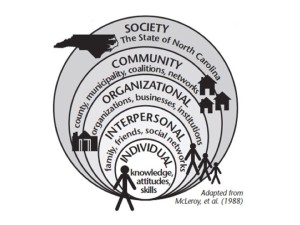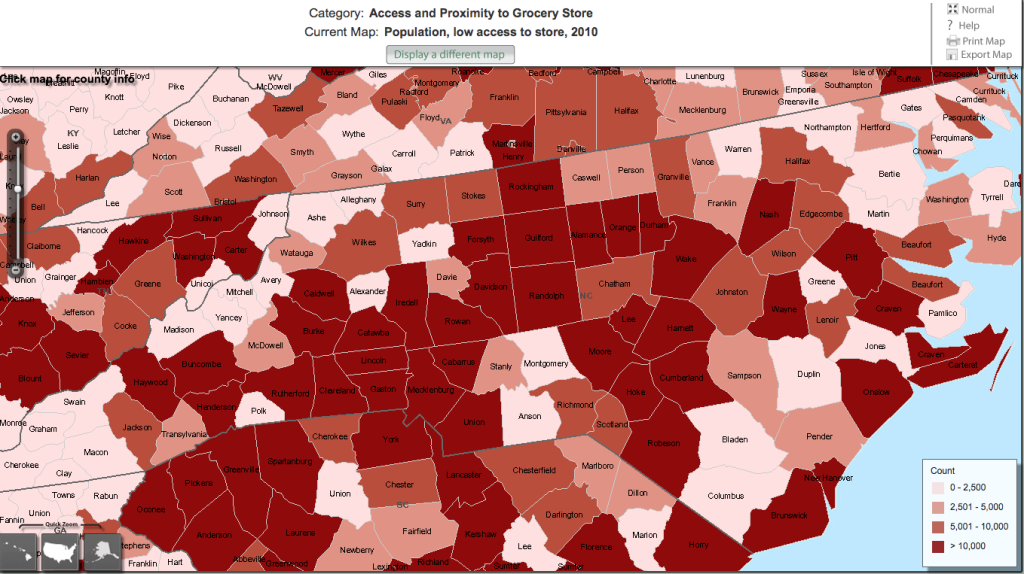Food Access
go.ncsu.edu/readext?256012
en Español / em Português
El inglés es el idioma de control de esta página. En la medida en que haya algún conflicto entre la traducción al inglés y la traducción, el inglés prevalece.
Al hacer clic en el enlace de traducción se activa un servicio de traducción gratuito para convertir la página al español. Al igual que con cualquier traducción por Internet, la conversión no es sensible al contexto y puede que no traduzca el texto en su significado original. NC State Extension no garantiza la exactitud del texto traducido. Por favor, tenga en cuenta que algunas aplicaciones y/o servicios pueden no funcionar como se espera cuando se traducen.
Português
Inglês é o idioma de controle desta página. Na medida que haja algum conflito entre o texto original em Inglês e a tradução, o Inglês prevalece.
Ao clicar no link de tradução, um serviço gratuito de tradução será ativado para converter a página para o Português. Como em qualquer tradução pela internet, a conversão não é sensivel ao contexto e pode não ocorrer a tradução para o significado orginal. O serviço de Extensão da Carolina do Norte (NC State Extension) não garante a exatidão do texto traduzido. Por favor, observe que algumas funções ou serviços podem não funcionar como esperado após a tradução.
English
English is the controlling language of this page. To the extent there is any conflict between the English text and the translation, English controls.
Clicking on the translation link activates a free translation service to convert the page to Spanish. As with any Internet translation, the conversion is not context-sensitive and may not translate the text to its original meaning. NC State Extension does not guarantee the accuracy of the translated text. Please note that some applications and/or services may not function as expected when translated.
Collapse ▲Introduction

Socio-ecological Model from the North Carolina Blueprint For Changing Policies And Environments In Support Of Healthy Eating
The limitations that consumers face to accessing local food can be understood as an interaction of individual and environmental factors:
- “Socio-ecological model” This model describes consumers’ behavior and decision-making in terms of the interactions between individual and social/political factors.
- Individuals Some consumers have limited purchasing power and access to other resources, as well as skills, knowledge and attitudes about local food.
- “Food environment” This term refers to the availability and affordability of food within an individual’s surroundings. State and federal policies, as well as the norms of communities and organizations, determine what food is available at what outlets, and at what price.
Approaches to Analyzing Access
- Food Deserts According to the 2008 Farm Bill, food deserts are neighborhoods that have limited access to affordable and nutritious food and tend to be composed of low-income consumers.
- Relationship to Health Outcomes The research around the relationship between access to healthy food and health outcomes has mixed results, which is in part attributable to different methodologies and how the food environment is measured.
- Food Swamps Small-scale, corner stores that often sell unhealthy food can be present within food deserts, leading some to prefer the phrase “food swamps.”
- Transportation and Consumer Behavior New research has questioned the concept of food deserts and looked instead at consumer behavior, suggesting that many consumers don’t shop at the nearest supermarket. This research points to transportation as an important issue affecting consumer access to healthy food.
Examples of Projects and Programs
Although local food is not necessarily healthier than non-local food, many organizations are actively working to increase low-income consumer access to local food as a way to simultaneously introduce healthy food to these consumers and support local farmers and rural communities.
Popular interventions include (follow the links below for additional resources on each topic):
- Supporting the use of Federal Assistance Programs at Farmers’ Markets (including incentive programs that match SNAP dollars)
- Targeting corner stores
- Integrating local food in retail outlets
- Working with institutional markets (Farm-to-School, Farm-to-Institution; Farm to childcare)
- Integrating local food in nutrition education programs
- Working with Food Banks and Food Pantries– Healthy Food Pantry Toolkit
- Community-based research and outreach
Data Resources
-
USDA’s Food Environment Atlas and Food Access Research Atlas: These two tools present maps of the US that allow a user to see the data related to food environments and food access issues at multiple scales, including at the state and county level.
-
Feeding America’s Map the Meal Gap: Feeding America is the nation’s largest network of food banks. Based on USDA data and their own internal research, Feeding America has developed an interactive map and a report about food insecurity.
- State Nutrition Action Coalition (SNAC): North Carolina’s SNAC is a state-level collaborative between state agencies and nonprofits that implement the USDA and Food and Nutrition Service (FNS) programs. Explore their Food and Nutrition Resource Guide, which provides a snapshot of 14 different USDA/FNS programs available in NC. It is available in English and Spanish.
Primary Contact:
Dara Bloom
Assistant Professor and Local Foods Extension Specialist
Dept. of Youth, Family, and Community Sciences
NC State University
dara_bloom@ncsu.edu



